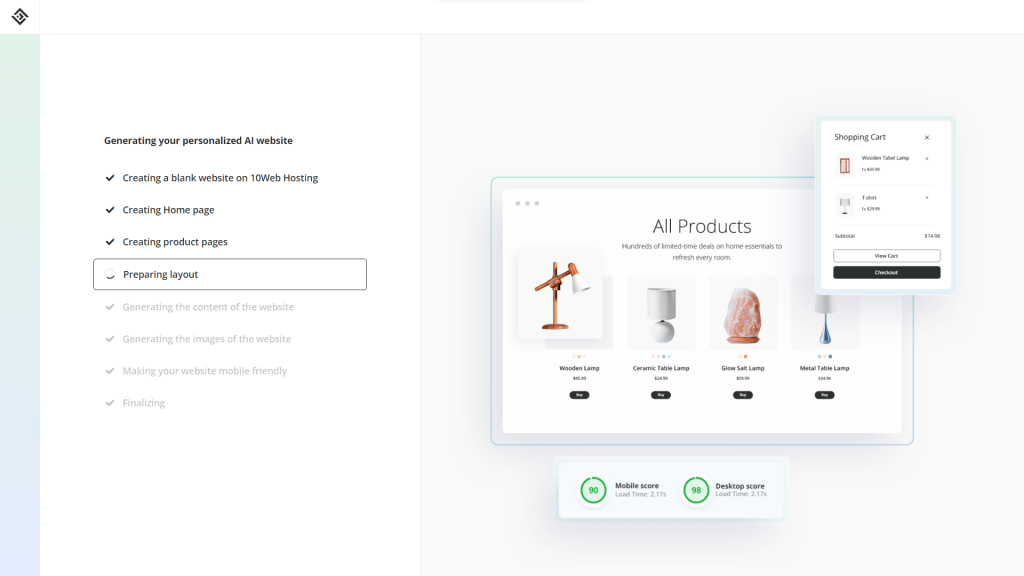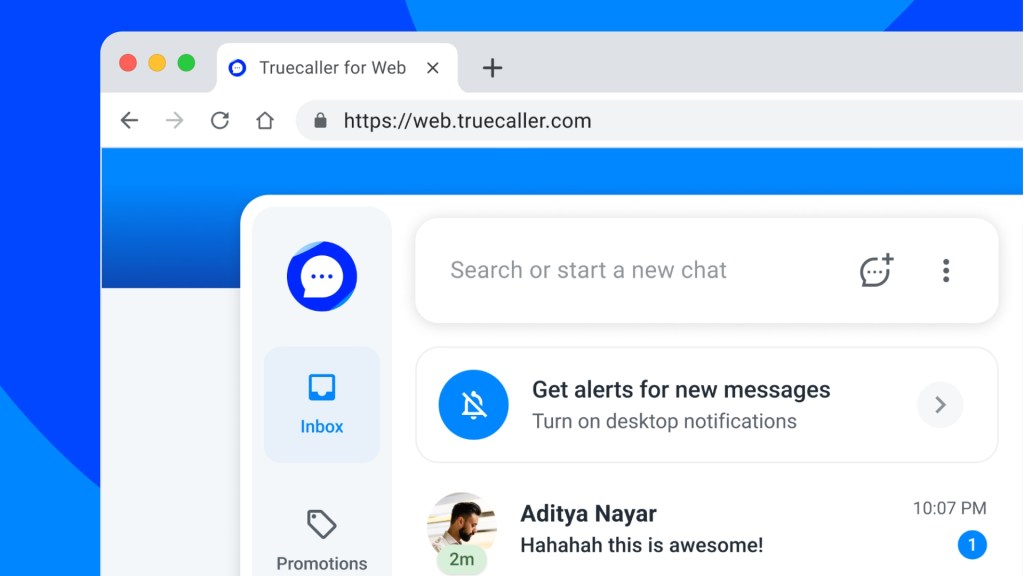
A new project launching today aims to capitalize on the momentum seen within the fediverse, also known as the open social web, which describes interconnected social networking services powered by the ActivityPub protocol. Co-founded by the co-author and current editor of ActivityPub, Evan Prodromou, a new nonprofit organization called the Social Web Foundation will focus on expanding the fediverse, improving ActivityPub and the user experience, informing policymakers, and educating people about the fediverse and how they can participate.
Explains Prodromou, the group felt the time was right for such an effort, given that Meta recently adopted ActivityPub for its latest app, Threads, an X competitor built by Meta’s Instagram team. Thanks to the tech giant’s involvement, there are now over 200 million new potential fediverse users, dwarfing the adoption of other popular federated apps, like Mastodon, which today claims around 7.49 million registered users and under a million monthly actives.
“The fact that Threads has joined the space has made it really interesting for other companies,” Prodromou says. “Threads is bringing a really big audience, as well as big names — like @POTUS is on the fediverse … So that makes this process a lot more interesting for other organizations — both for publishers who want to reach those audiences, as well as for existing social networks who want to have those influencers and celebrities available to their users.”
The Social Web Foundation (SWF) has some backing from Meta as well, alongside other major implementors of the ActivityPub protocol, including the social magazine app Flipboard, newsletter platform Ghost, Mastodon, and others. The Ford Foundation has also offered the organization a large grant to get the project started. In total, SWF is closing in on $1 million in financial support.
Part of the group’s efforts will be focused on making the fediverse more user-friendly. Though Mastodon offers a service that functions much like Twitter/X, its decentralized nature — meaning there are multiple servers to choose from — makes getting started confusing and difficult for less technical users. Then, much like X, there’s the cold start problem of finding interesting people to follow.
SWF wants to improve on that process by offering an alternative onboarding experience, as a stand-alone product, that will help guide users through the initial steps.
It also aims to inform users about the different federated apps that are available, as many users may already be close to participating or active in the fediverse without knowing it. That’s especially true for many of those on Threads, where turning on federation for an account is an option they don’t know exists.
While the project doesn’t focus on social networking startup Bluesky, which uses its own AT Protocol, those users can also be connected to the fediverse through bridges that are now being built, which allow users from the different platforms to communicate.
In addition, SWF aims to better support services joining the fediverse, like Ghost, which allows for long-form text, as opposed to something short, more equivalent to a tweet. While the protocol currently allows for long-form text without a character count limit, other considerations come into play, Prodromou says.
“Things like, what’s a good number of attachments to include with long-form text? Or, how do you embed images? Should you have multiple sizes or not?” he says. “Those are the kinds of things that aren’t specific, formally, to the protocol, but they help build out the real usage.”
Another major focus area for the nonprofit will be on user education — and not just individuals setting up their accounts for the first time, but also those in specific industries or organizations, who have a different set of needs. For instance, SWF will initially focus on guiding media organizations on how to participate in the fediverse and why, offering case studies from others who led the way, like ProPublica, NPR, and the BBC.
Following this effort, SWF will launch similar materials for other institutions like universities, startups, and large enterprises.
With regard to startups, SWF is open to connecting with various accelerators and programs, so that those entrepreneurs building new social apps have information about why they should consider federation (connecting to the fediverse).
Prodromou estimates SWF will launch a new set of materials for the different groups at a rate of about one per quarter.
In addition to Prodromou, who will act as research director, the Social Web Foundation is co-founded by executive director Mallory Knodel, previously CTO of the Center for Democracy and Technology, and product director Tom Coates, previously of the BBC and (TC parent company) Yahoo, among others. Coates had also worked on a distributed social networking startup Planetary, built on a different protocol.







